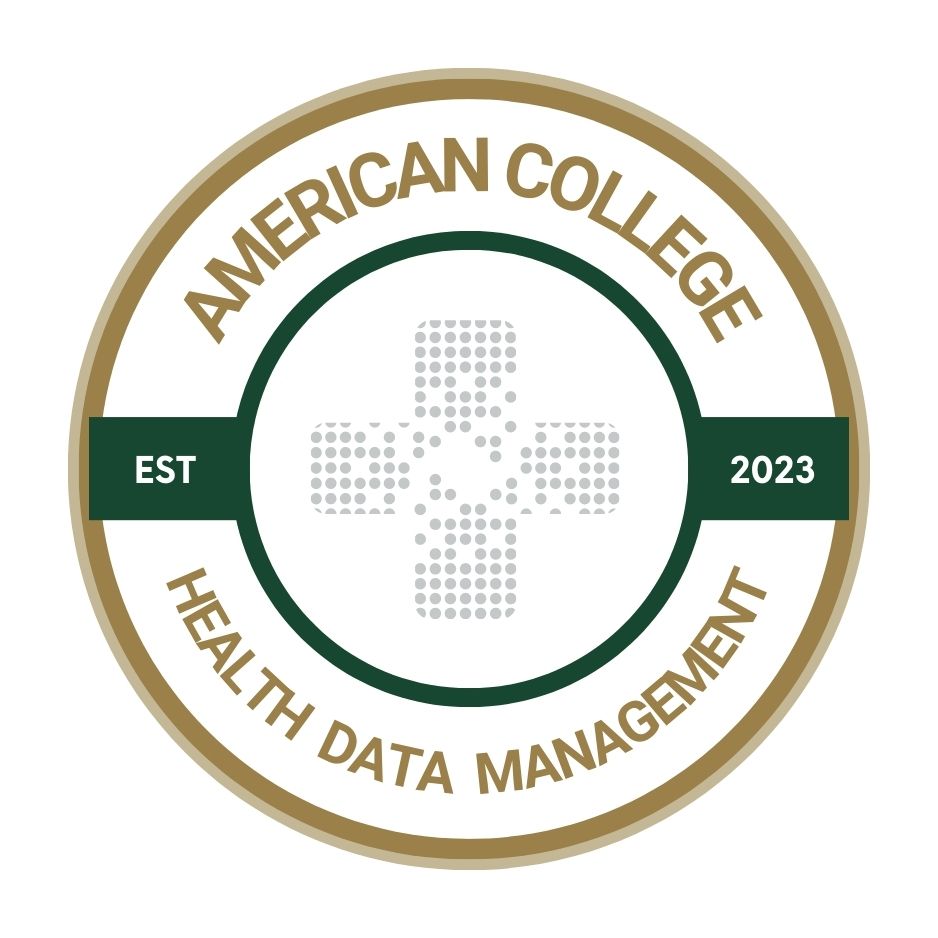Four ways FHIR brings value to health plans in 2025
Improving the seamless exchange of healthcare information provides numerous benefits for insurers, as well as providers.

The HL7 Fast Healthcare Interoperability Resources standard is revolutionizing how clinical data is exchanged across the healthcare ecosystem. The standard offers new and unparalleled opportunities for health plans to enhance interoperability, reduce administrative burdens and improve member outcomes.
The Fast Healthcare Interoperability Resources (FHIR) standard is the new pathway for health plans to experience broader access to clinical data and achieve business goals. For example, secure access to both clinical and administrative data using the new standard gives payers faster access to the patient information for approvals, communications, and member management.
Here are several reasons why the FHIR standard has become every health plan’s best option to achieve the ubiquitous access to member information they need while advancing new value-based care initiatives.
What makes FHIR tick?
The FHIR standard was introduced in 2012 to address the growing demand for faster, more efficient data exchange methods amid rising volumes of health data. And as the volume of clinical data has continued to expand, the need for real-time sharing has become even more essential.
FHIR leverages widely used internet technologies to facilitate the seamless exchange of discrete packets of information, known as Resources. FHIR’s modern framework reduces barriers for developers to create applications that meet healthcare needs, while its RESTful API architecture makes it easy for payers to integrate with existing systems. This technology positions the entire health industry to achieve more efficient and secure clinical data exchange.
While application programming interfaces (APIs) are essential for facilitating data access and interaction between software applications, FHIR goes a step further by standardizing how data is structured and exchanged. FHIR provides a common data model and a consistent approach for accessing and modifying healthcare information across systems.
This standardization promotes efficiency, reduces costs and enhances interoperability — critical factors for health plans seeking to streamline claims processing, care coordination and member engagement.
The top FHIR benefits
Here are four key benefits of FHIR for health plan and payer IT leaders to know.
Interoperability. One of the most significant advantages of FHIR is its ability to facilitate seamless interoperability between disparate healthcare systems. For payers, this means faster access to critical clinical and administrative data from various providers and disparate healthcare organizations, regardless of the underlying EHR platform or data storage formats. This smooth data flow is essential for improving member outcomes and optimizing operational efficiency.
Standardized requests. Health plans often employ manual and labor-intensive processes to request medical records from their affiliated providers and contracted health systems. Using FHIR, health plans submit standardized requests for members’ health information saving valuable staff time, reducing phone calls and minimizing provider abrasion. The FHIR Resources and data models also ensure consistency and accuracy in data retrieval, reducing the risk of errors or discrepancies across provider networks. By using a consistent approach, payers can scale their operations to handle large volumes of data more efficiently.
Digitized and validated data retrieval. FHIR APIs enable payers to retrieve clinical documents and data in binary form, making the information easily accessible and ready for integration into payer systems. This streamlined process eliminates the complexities often associated with traditional data retrieval methods, such as manual chart reviews or fax requests to providers.
The National Committee for Quality Assurance (NCQA) takes this process one step further by validating data inputs through their Data Aggregator Validation (DAV) program. The program evaluates an organization’s management and exchange of health data from ingestion at primary sources (provider sites) through transmission to end users such as health plans and payers. The DAV designation indicates a trusted level of accuracy with clinical data for use in Healthcare Effectiveness Data and Information Set (HEDIS) reporting and other quality programs.
Regulatory compliance. FHIR is designed to meet stringent regulatory requirements ensuring that data exchange complies with privacy and security standards such as the Health Insurance Portability and Accountability Act (HIPAA). The standard also incorporates robust authentication mechanisms, such as OAuth 2.0, to ensure that only authorized users can access data.
FHIR also recommends using Transport Layer Security (TLS) to encrypt data in transit, protecting sensitive patient information from potential breaches. For payers, maintaining regulatory compliance is essential to avoid legal and financial penalties, as well as to maintain member trust. FHIR’s baseline security recommendations should always be coupled with the health plan’s attention to any federal, state and site-specific policies. These efforts will help health plans safeguard sensitive data and mitigate risks associated with data breaches or non-compliance with member privacy rules.
Why FHIR matters for health plans
As the healthcare industry evolves, the volume of member data will only continue to grow. Payers who adopt FHIR standards will be better equipped to handle this data influx and drive innovation in their operations.
By embracing FHIR, health plan and payer IT leaders can improve operational efficiencies, support better member care and achieve greater interoperability across the healthcare ecosystem.
Anthony Murray, CISSP, is the chief interoperability officer for MRO Corporation, a clinical data exchange technology and services provider. He has more than 20 years of experience in technology and security.
